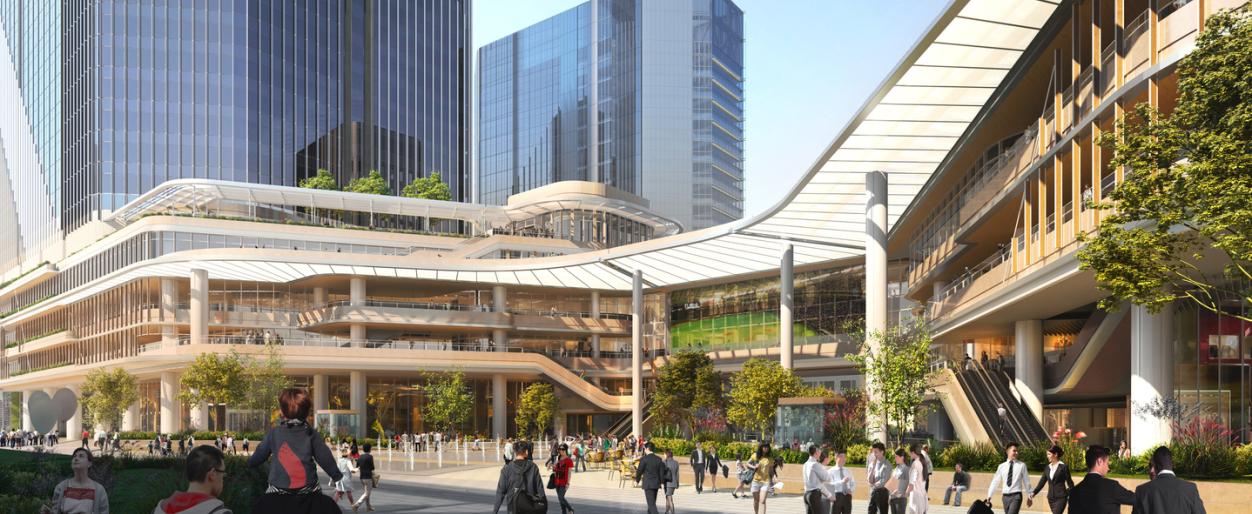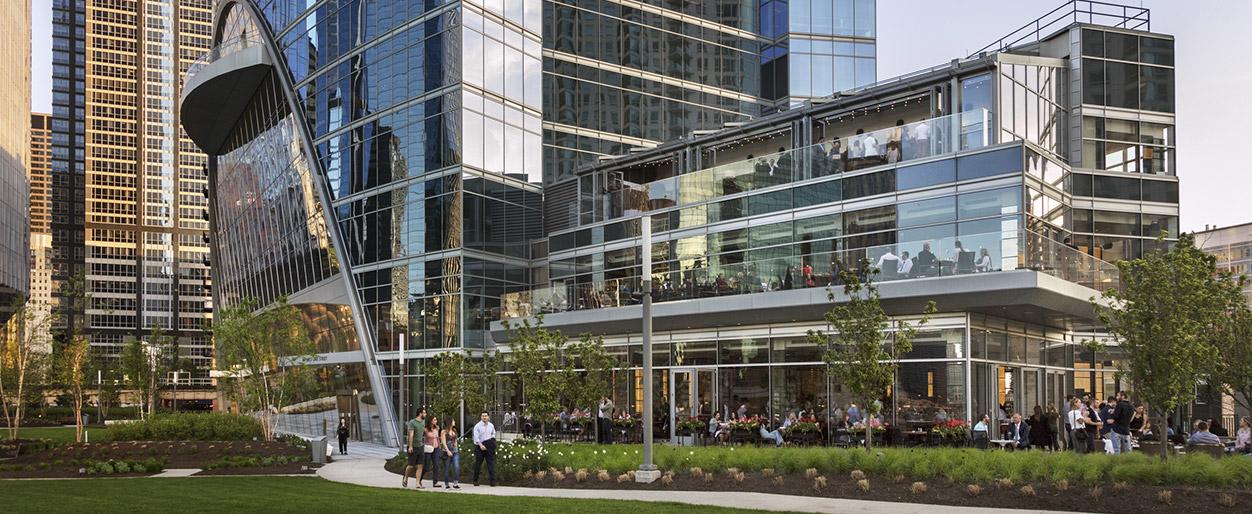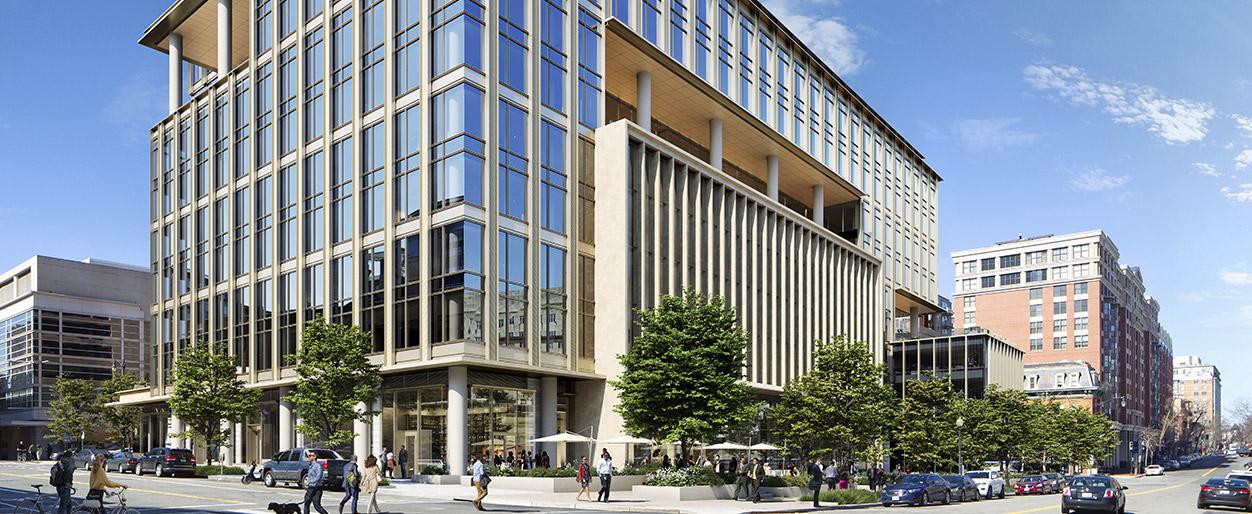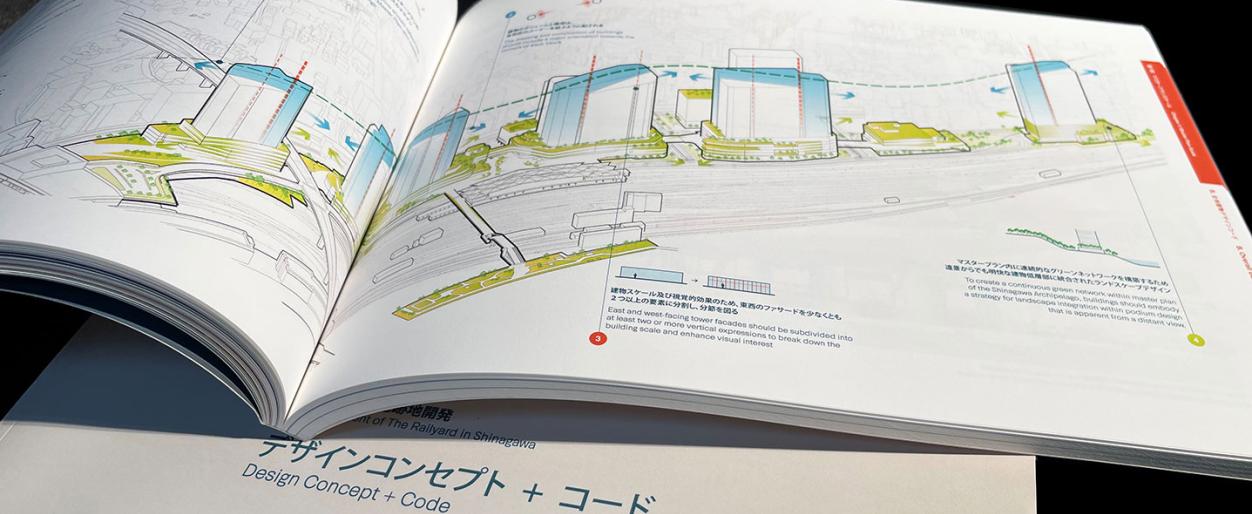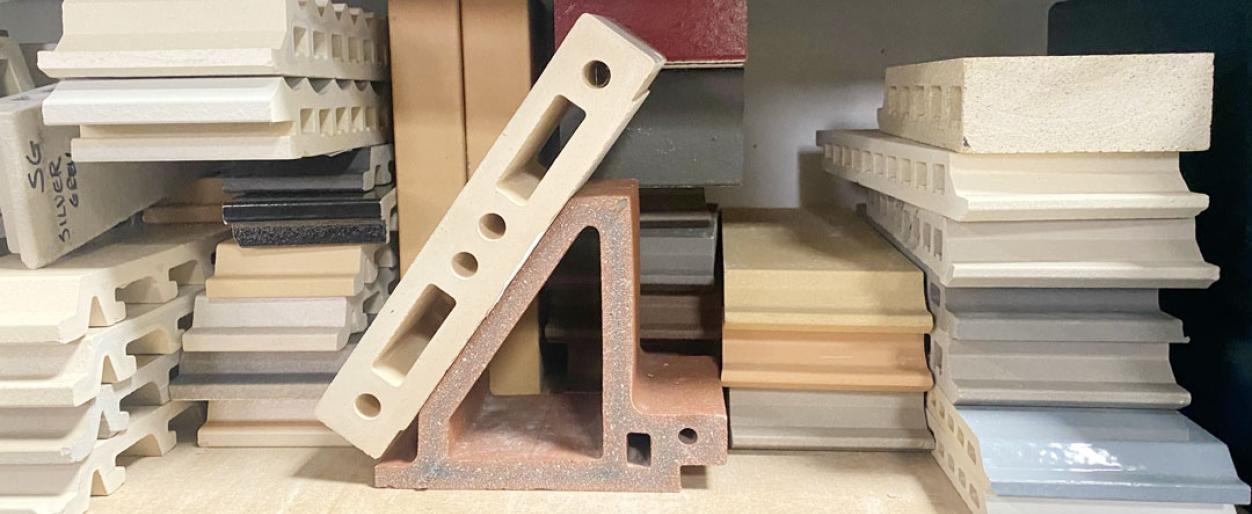When designing each building, our team remains involved throughout the design process, committed to finding solutions that not only meet the needs of our clients but also contribute positively to the environment and the larger community. Our aim is to craft a seamless experience, from the skyline to the smallest details, such as a doorknob. The incorporation of texture is no exception to this holistic approach; whether manifested in the facade design, the silhouette of the building, or the carefully selected materials, texture takes a multifaceted role in our designs. This exploration underscores its dual significance—functionality and the creation of a sense of belonging within the community.
A thoughtfully-designed city and its master plan can wield transformative influence over a community, shaping its very heart and soul. In undertaking the master plan of a future city or community, we explore how best to redefine urban landscapes and to create thriving, sustainable communities. Pickard Chilton is committed to advancing the design of future city master planning, with a focus on fostering mixed-use sustainable developments and innovative urban spaces.
When Pickard Chilton embarks on the journey of designing a building, we draw inspiration from a myriad of sources to craft structures that are rooted in the character of a city. Our design philosophy is profoundly influenced by the words of Eliel Saarinen: "Always design a thing by considering it in its next larger context – a chair in a room, a room in a house, a house in an environment, an environment in a city plan." Pickard Chilton takes these words to heart and carefully determines how our buildings shape the experience of those within them and their impact on the broader urban context.
Pickard Chilton’s designs have contributed to the revitalization of historic neighborhoods through a number of thoughtful repositioning projects. From our inaugural adaptive-reuse of Eaton House in Dublin, Ireland, to our work in Düsseldorf, Germany with Le Coeur in the bustling Königsallee district, and our contributions to the fabric of Washington DC with 600 Fifth Street, we have honed the art of drawing inspiration from the surrounding architectural landscape to revitalize these structures.
In Shinagawa, one of the most densely developed wards in Tokyo, a 1.6 kilometer-long rail yard cuts a swath through its urban fabric. Anchored by Takanawa Gateway Station, Tokyo’s first new rail station on the Yamanote line in 50 years, the master plan for Takanawa Gateway City restitches the district with a vibrant mix of residential, retail, office, hotel, and cultural uses. The development is designed to foster innovation and public engagement across all of its buildings and functions.
Terracotta, a natural material deeply rooted in history, has found a lasting place in contemporary architecture, seamlessly blending heritage with innovation. Derived from the Italian words "terra" (earth) and "cotta" (cooked), terracotta embodies the transformation of natural clay into a versatile architectural medium, a tradition dating back to Mesopotamian and Roman civilizations. As a low cost, fire-resistant alternative to stone, it enjoyed notable resurgence in the early skyscrapers of Chicago in the late 19th century.

